Although coronavirus testing is difficult, by keeping an eye on all the COVID-19 symptoms, you can diagnose yourself at home too. This is an important step that a common man can take as a contribution to battle we all are fighting.
But before you do that, it is important that you keep yourself updated with all the known symptoms of the disease. You might be wondering if there’s anything left that might not be knowing about the disease. Sure there is.
Researchers have been trying their best to identify all the symptoms of the disease and to find a cure for it. Although a cure is still not here yet every day has had its developments.
By close observation, different new symptoms are being diagnosed in COVID-19 patients. These symptoms are so subtle that they can go easily unnoticed.
By keeping a close eye on the disease, doctors have given a more detailed set of symptoms for it. So here are all the COVID-19 symptoms that you should know about and some that probably didn’t know.
Let’s start.
Different types of symptoms
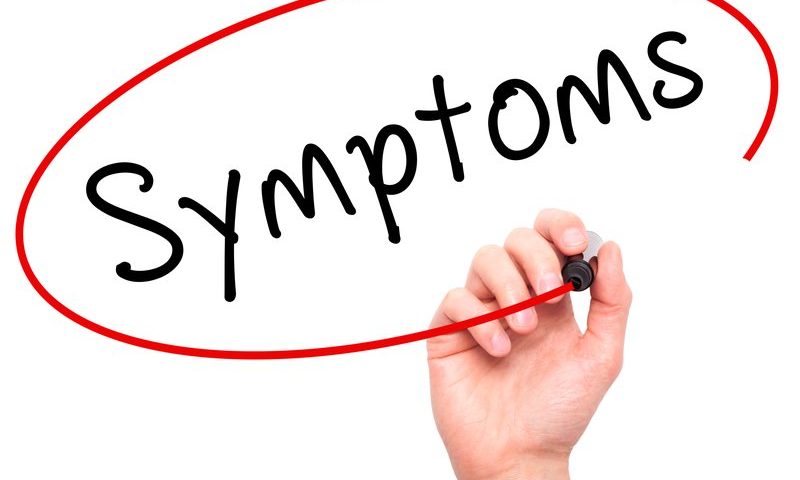
All the COVID-19 symptoms- Infomance
Yes, you might not be knowing this, but there are three different categories of symptoms: asymptomatic, presymptomatic, and very mildly symptomatic. Let’s know about them a little more.
Asymptomatic: Asymptomatic people will show no symptoms. Nothing at all. No fever, no cold, no problem breathing, no coughing, none whatsoever.
Only reasons why the cases of asymptomatic people have been found out has been because they were tested. And in most of the cases, they have been tested because they were in proximity of the confirmed COVID-19 patients.
About 25% of infected people how no symptoms at all. These are the silent carriers of the coronavirus that we are talking about.
Presymptomatic: Presymptomatic are those people who although infected, don’t show the symptoms for a certain period of time.
The time that elapses between catching the virus and showing the symptoms is called the presymptomatic phase. Presymptomatic makes about 75% of the COVID-19 infected people.
Very mildly symptomatic: Now these are those people who do show the symptoms, but the symptoms are so negligible that they keep coming in contact with a larger population.
It’s noteworthy that even if these people show mild symptoms themselves, that may not be the case with those they infect. Infected people may show very severe symptoms sometimes, regardless of who they got infected through.
The common COVID-19 symptoms
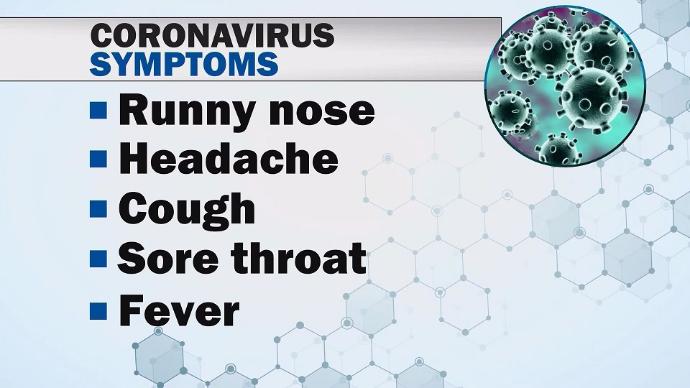
All the COVID-19 symptoms- Infomance
We will here talk about the more common symptoms of COVID-19 that most of us are aware of. The main symptoms include fever, coughing, shortness of breath, fatigue, chills, body aches, headache, sore throat, loss of smell or taste, nausea and diarrhoea.
Above mentioned are some of the most common and beginning stage COVID-19 symptoms. Once the infection advances, more severe symptoms can lead to pneumonia, respiratory failure, septic shock, and death.
Although it can go away on itself, if symptoms are severe, you might need to get some help.
Watch out for the following more severe symptoms:
- Shortness of breath
- Chest pain or pressure
- Confusion and feeling of dizziness
- Bluish lips or face
It’s important to note that some COVID-19 patients have even reported having strokes. These are the symptoms of stroke:
- One side of the person’s face might be numb or drooping and their smiles must be lopsided
- One of their arms might be weak or numb and if they raise both arms, one might sag a bit
- They might not have a clear speech
If we go by statistics, about 99% of infected people have a fever, 70% have fatigue, 59% have cough, 40% report having lack of appetite, 35% complaint of body aches, 31 % have shortness of breath while 27% reported mucus or phlegm.
COVID-19 symptoms you might not know of
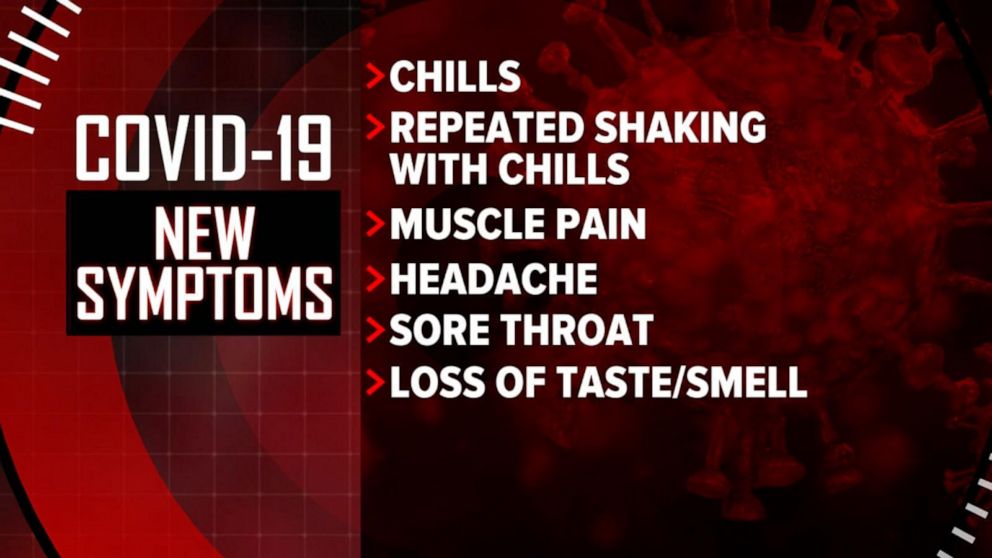
All the COVID-19 symptoms- Infomance
As mentioned earlier, symptoms of the COVID-19 are varied. As we have already discussed the most common symptoms, here we will tell you the less common ones that you might not be aware of.
We will be going through each of these symptoms one by one by examining how it affects different parts of our body. Let’s start.
Blood and Heart
COVID-19 often affects our blood by making it more vulnerable to clumping. It happens due to the fever and inflammation in the body caused due to COVID-19 which interrupts blood clotting.
And the more disturbing fact is that a situation like pulmonary emboli might occur even when the other symptoms have disappeared from the body. Pulmonary emboli is a situation when life-threatening clots form in the arteries of the lungs.
COVID-19 may lead to cardiac injury which causes excess strain, inflammation of the heart muscle and coronary artery, blood clots and other multi-organ illnesses. Cardiac injury, in turn, may lead to irregular heartbeats, heart failure and cardiac arrest.
Brain and eyes
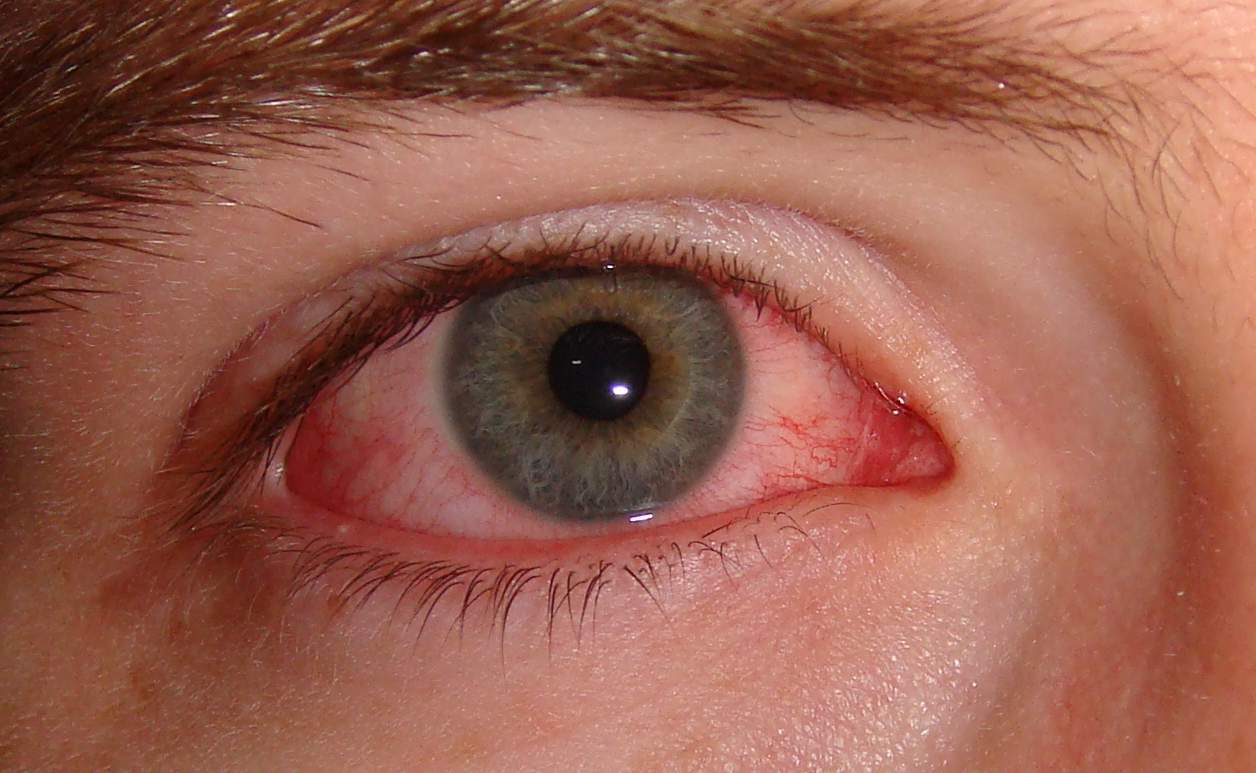
All the COVID-19 symptoms- Infomance
COVID-19 may cause dysfunction in the lining of blood vessels and lead to other clotting disorders in the brain. This may cause bleeding and strokes in the brain.
Patients usually suffer from dizziness, headache, hallucinations, impaired consciousness and poor motor control. You should watch out for these symptoms in yourself or your loved ones. They might be suffering from COVID-19.
The person suffering from COVID-19 infection may also suffer from red and puffy eyes, often known as pink eye. The situation is a result of an infection in the conjunctiva, the tissues lining the inside of eyelids and white part of the eye.
The gastrointestinal tract, liver and kidney
Although many people might think COVID-19 has nothing to do with our digestive tract, unfortunately, that’s not the case. COVID-19 infects the cells in the lining of the digestive tract which diarrhoea, nausea, vomiting and abdominal pain.
Abnormal clotting may cause blood vessel blockages. This can damage the bowel and in some extreme cases, emergency surgery and resection might be required to alleviate the problem.
Liver dysfunction in the COVID-19 patients might be a direct result of the infection. Immune-mediated systematic inflammation and circulatory blockages may cut the blood flow to the organ.
Kidney injury may occur in the infected patients as a direct result of the infection or sometimes due to the blood clots and impaired blood supply.
Lungs, nose and tongue
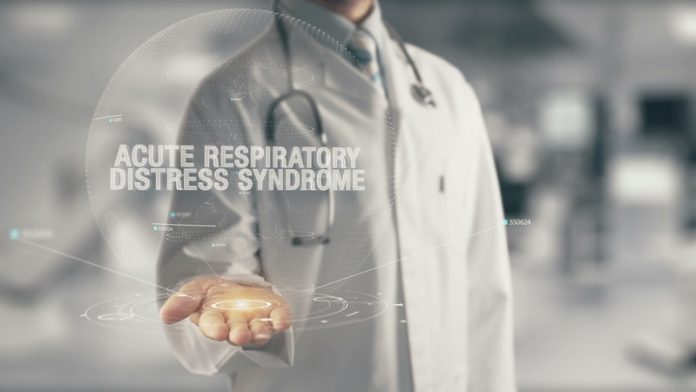
All the COVID-19 symptoms- Infomance
COVID-19 infection may directly affect our lungs by targeting the protective epithelial cells lining our respiratory tract and the walls of alveoli. Alveoli are small air sacs that help in the exchange of gases and oxygenate the blood running through our body.
It’s often the damage caused to the alveoli and the inflammation in the lungs that leads to pneumonia. The most common and obvious symptoms of pneumonia are chest pain and shortness of breath.
In extreme cases, the lack of clean oxygen in our lungs may cause acute respiratory distress syndrome (ARDS) which leads to multiple organ failure and in some cases, death.
Acute respiratory distress syndrome is one of the most common symptoms found in coronavirus patients.
COVID-19 infection has also known to cause anosmia in infected patients. Anosmia is the condition in which the patient may experience a partial or complete loss of sense of smell which disrupts the olfactory system.
In some cases, this may be accompanied by the loss of sense of taste, also known as dysgeusia.
Limbs, hands and toes
COVID-19 infection may cause a condition known as ischemia in the limbs of the patients due to the insufficient blood flow in the vessels. In some extreme cases, this can lead to amputation.
The patients may experience prickling or burning sensation in the hands and limbs. This might be a symptom of Guillain-Barre syndrome, a nervous system disorder triggered by the abnormal immune responses to the viral infections.
In the case of the patients suffering from this syndrome, poor coordination, muscle weakness and temporary paralysis are other notable symptoms.
In young adult patients or children infected with the virus, purple rashes resembling chickenpox, measles or chilblains may appear on their toes.
Prevention is better than cure
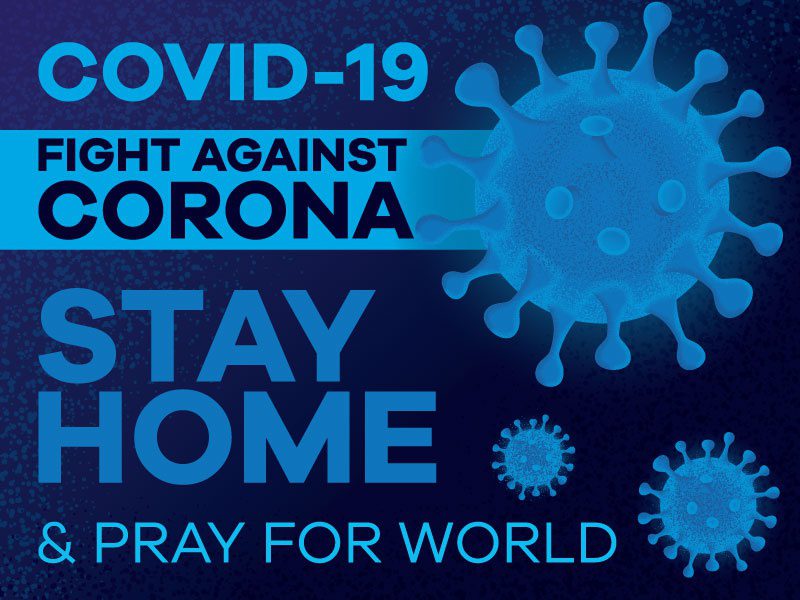
All the COVID-19 symptoms- Infomance
With 3,03,389 death caused by COVID-19 worldwide, we all know the edge that the world is standing on. Prevention is better than cure, especially when there is no cure available at the moment.
The pandemic has brought the world to a standstill, no doubt. The new, restricted way of living is not something that the fast, modern world expected for itself.
People are finding it difficult to live their lives in these new limitations imposed on them. But what’s more distressing than these limitations is that you are not responsible only for yourself anymore. You are responsible for the lives of others as well.
So far, the only thing that seems to be working well against the COVID-19 spread is social distancing. Curbing the spread of the infection is the only way forward in this battle we are all fighting.
Accept it or not, we are all in this together. So think about the lives of others before you decide to step out and take full precautions. You never know, but you might unknowingly become the reason for someone’s death- friend, family, stranger or yourself.
So stay home, stay safe, and keep others safe as well.
Until next time!



